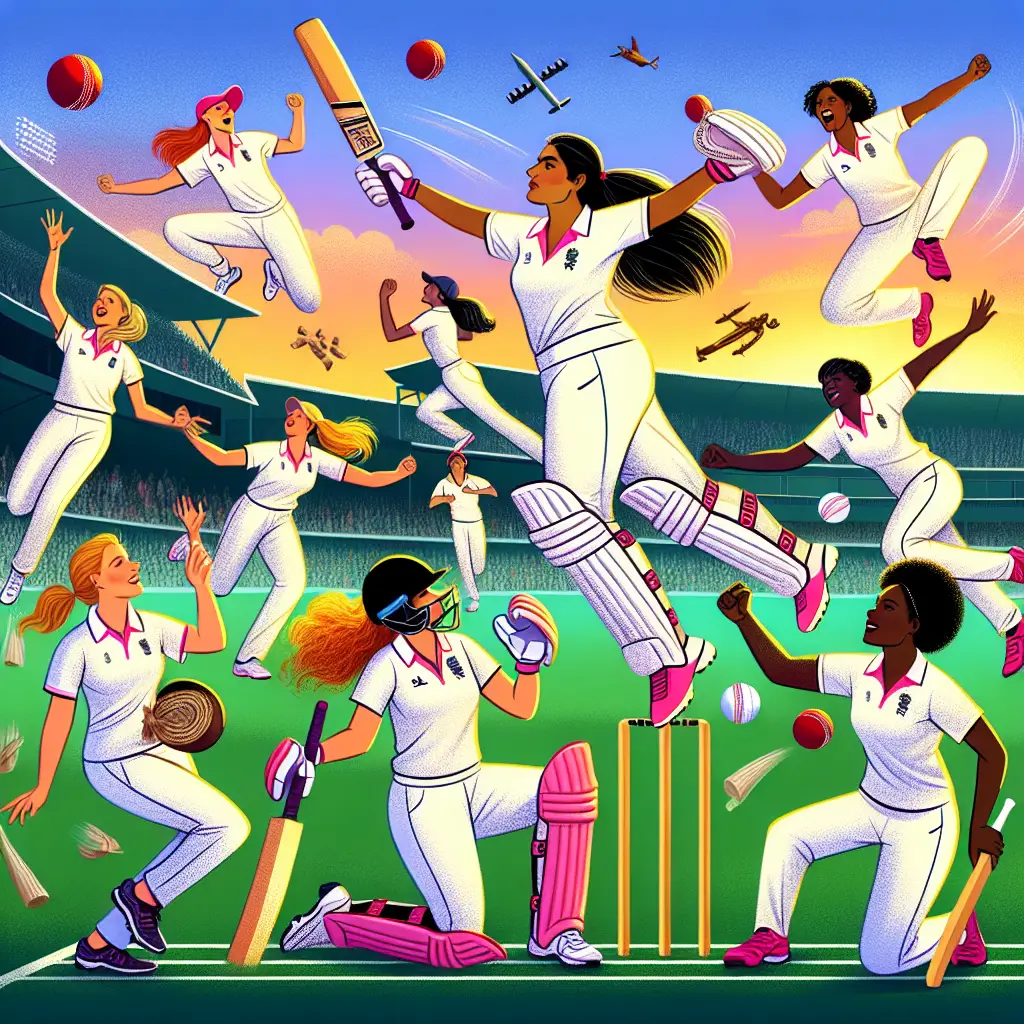Women in Cricket: Breaking Barriers and Making History
The Roots of Women’s Cricket
Women’s cricket has a storied history that dates back over a century. The first recorded women’s cricket match took place in 1745 in England. However, it wasn’t until the late 19th century that formal competitions began to emerge. The Women’s Cricket Association (WCA) was established in 1926, laying the foundation for organized women’s cricket. This pivotal moment was crucial in building the framework for women’s participation in the sport, which had long been dominated by men.
Early Years: Struggles and Triumphs
Throughout the early 20th century, women’s cricket faced significant challenges. Limited media coverage and societal expectations often relegated female cricketers to the sidelines. Despite these obstacles, women showed unparalleled determination. Players like Rachael Heyhoe-Flint, who captained England to its first Women’s World Cup victory in 1973, emerged as trailblazers.
The Evolution of Women’s Cricket
The Women’s World Cup
The inaugural Women’s Cricket World Cup in 1973 was a landmark moment. Unlike its male counterpart, this tournament featured teams from international cricketing nations. Held in England, it showcased the talents of women cricketers on a global stage and set the precedent for future competitions. With matches playing to the backdrop of sunny English skies, sponsored by the likes of Gillette, it drew significant crowds, paving the way for increased visibility and acceptance.
Breaking Through Barriers
The 1980s and 1990s saw gradual professionalization. The Women’s International Cricket Council (WICC) was formed in 1958 to promote women’s cricket globally. Over the years, various national governing bodies have been established, leading to higher standards of play and better facilities.
Despite progress, challenges persisted. Women often jousted for attention and resources with their male counterparts. The cricketing world did not fully embrace gender equality, making it a continuous struggle for women in the sport. Yet, legendary players like Belinda Clark and Charlotte Edwards fought hard, not only for themselves but for future generations.
Major Milestones in Women’s Cricket
Professionalization and Increased Support
The monumental shift in attitudes towards women’s cricket began in the early 2000s. Australia and England led the way in professionalizing the women’s game, offering contracts and creating domestic leagues. Cricket Australia introduced the Women’s National Cricket League (WNCL) in 1996, elevating the standard of women’s cricket within the country.
The Rise of T20
The introduction of Twenty20 cricket in the early 21st century revolutionized not just men’s cricket but also breathed new life into women’s cricket. The format’s shorter duration made matches appealing to broader audiences. The inaugural Women’s T20 World Cup, staged in England in 2009, garnered considerable media attention, marking a significant turn in women’s participation.
The success of players like Sarah Taylor and Meg Lanning, who dazzled on the field with their batting prowess, propelled women’s cricket into mainstream consciousness. Their remarkable skills captured the interest of new fans and sponsors, fueling further investment in the sport.
Social Media and Digital Platforms
The advent of social media and digital content platforms has revolutionized how women’s cricket is marketed and consumed. Players gained individual followings,…
Share this content:
